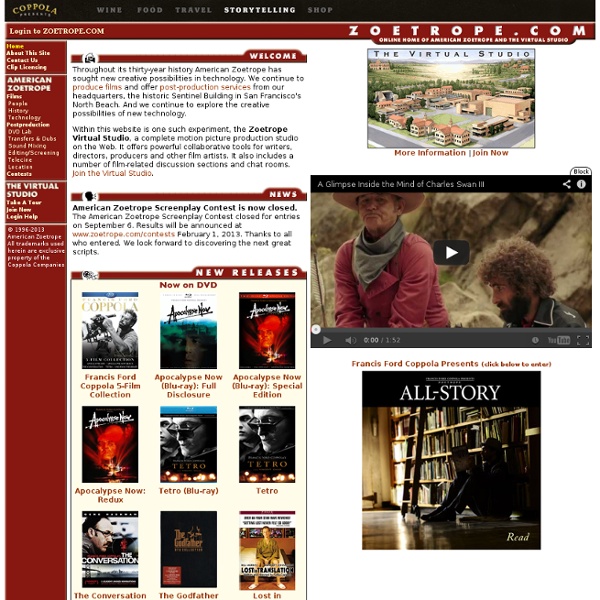



Writing and Publishing News, Marketing, E-Books—Authorlink.com We Like to Write - Social Networking for Writers & Bloggers PennSound Filmed in an intimate domestic setting, traffic noises and birdsong drifting through open windows, Patton sits comfortably in a chair before the camera, reading from typescript pages, a pen poised in one hand. She performs in a fluid sprechtstimme, easing in and out of accents and personas, casually adding various musical accompaniments from time to time: she forces the knob on a toddler's toy music box, galloping through the lullabye at a hectic gait, then backs off, plinking it forward in little tonal constellations; she reaches down, offscreen, to plunk a guitar note or stroke the strings behind the nut, producing glassy little accents; her foot settles into a restless and insistent rhythm that resonates through the room. Papers flutter as pages turn, her hands trace and stretch notes through the air. She stares you down, then returns to the poem. Here's a fascinating recording from the late Ted Greenwald that we added to the site in January 2015.
WRITER'S TOOLBOX: 35 Best Tools for Writing Online Simple Way to Create a Mood for Your Story In today’s installation of Think Like a Writer, we’ll look at creating a certain mood for your story, novel, or picture book. Writers know that readers want a certain experience and part of that is creating emotion or feeling. In other words, we need to create a setting that has a certain mood. How to do that? Creating a mood is fairly simple, if you start with the basic idea of sensory details. But this time, you want to select details that support your mood. If you want a happy beach, you choose different details; soft wind ruffles your hair, sunglasses slide down the sweat on your nose, the smell of sunscreen brings back memories of that time on the beach in Jamaica, the mojita tastes perfectly minty, and the sea is a glassy swell. Writers notice sensory details.
Motionpoems | Moving poems. Moving. template Finishing Your Novel “A writer is someone who finishes.” -- Thomas Farber This section is for you if: You’ve started a novel but are having trouble finishing it, or You want to start a novel but aren’t sure you’ll be able to finish it. I’ve been writing novels (and teaching about writing novels) for twenty years, and one thing I’ve learned is how to finish. This section is about how to handle those things. Finishing a novel (or any kind of writing project) is a transformational experience. A long time ago, something funny happened to me. I thought I was a writer. And then my house burned down. So I made some notes on the book I remembered best, flew to Thailand, and wrote the whole thing in seven weeks. This area of the site is based on what I've learned since then.
The Write Practice | Practical Inspiration MAPS In stock late June for fall 2014 adoption. The Modern American Poetry Site is a comprehensive learning environment and scholarly forum for the study of modern and contemporary American poetry. Started as a multimedia companion to the Anthology of Modern American Poetry (Oxford University Press, 2000), MAPS has grown over the past decade to more than 30,000 pages of biographies, critical essays, syllabi and images relating to 161 poets. Criticism can be viewed through the classic list of poets and through the new poet search page, where poets can be searched alphabetically, chronologically by birth date, by race/ethnicity, and by group/school of poetry. MAPS welcomes submissions of original essays and teaching materials related to MAPS poets and the Anthology of Modern American Poetry.